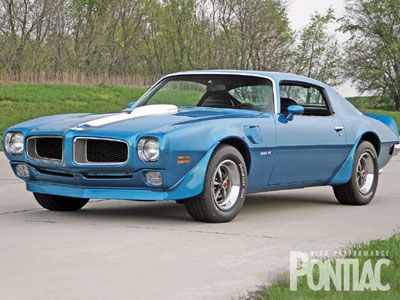
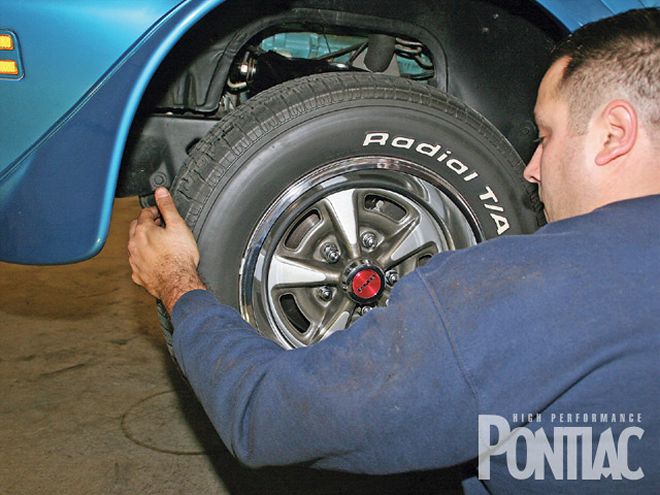
Age prevention is a battle most everyone faces at some point in his lifetime. Whether an attempt at maintaining a youthful appearance or taking steps to avert a physical ailment, such action might be considered a personal investment toward future well-being.
It's not uncommon to find hobbyists who treat their Pontiacs similarly. In these instances, large doses of preventative maintenance are aimed at preserving a vehicle's condition. Mirroring life's experience, regardless of the preservation effort, it seems that age eventually takes its toll on certain components, and the various rubber pieces on a vehicle are examples.
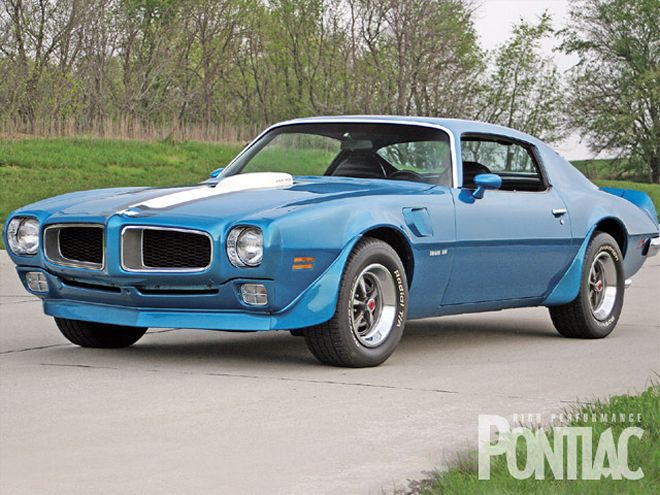 Nearly all of the original suspension bushings in our '72 Trans Am have been replaced with aftermarket urethane pieces and we always knew we'd have to replace the original rubber control-arm bushings, someday. That day came this past summer. Follow along as we document the involved process in two installments.
Nearly all of the original suspension bushings in our '72 Trans Am have been replaced with aftermarket urethane pieces and we always knew we'd have to replace the original rubber control-arm bushings, someday. That day came this past summer. Follow along as we document the involved process in two installments.
Though rubber deterioration might be slowed with regular lubrication and proper vehicle storage, rubber eventually loses elasticity, ultimately compromising the component's ability to perform its designed task. Those seemingly exposed to the harshest environment on a vehicle are the formed bushings that isolate the suspension components from the body and frame.
Not limited to just age-related maladies, the rubber suspension bushings are subject to constant wear as the suspension attempts to maintain vehicle control during normal maneuvers. Combine the two and the bushings eventually reach the point that the suspension no longer functions properly.
Modern Replacement
Common practice when attempting to improve the handling characteristics of a vintage vehicle includes substituting the original rubber suspension bushings with aftermarket urethane replacements. Urethane is far stiffer and wears less, which translates into improved handling and increased service life.
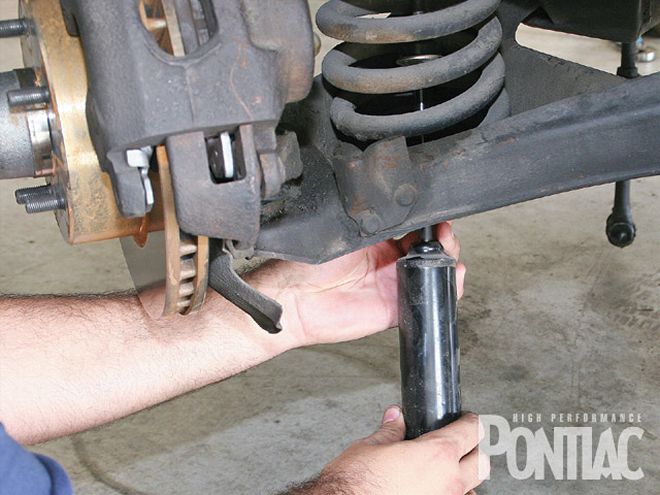 After jacking the Trans Am's nose several feet off the ground and placing high-quality jackstands under its framerails, the front tire and then the front shock-absorber are removed. The latter includes using a 9/16-inch socket for the upper-stud nut and a 1/2-inch socket to remove the two lower retaining bolts in the control arm.
After jacking the Trans Am's nose several feet off the ground and placing high-quality jackstands under its framerails, the front tire and then the front shock-absorber are removed. The latter includes using a 9/16-inch socket for the upper-stud nut and a 1/2-inch socket to remove the two lower retaining bolts in the control arm.
Some hobbyists feel that when compared to rubber, urethane suspension bushings transmit too much noise and too many road irregularities into the passenger compartment. While there's no denying that urethane can stiffen a vehicle's ride, the effect is far less than many are led to believe. Others complain of annoying squeaks in cold temperatures, but Energy Suspension has eliminated the characteristic by impregnating graphite into modern offerings.
Firebird Suspension
Like other Pontiac models of similar vintage, the Second-Gen Firebird features an independent front suspension system that includes upper and lower control arms. The lower control arm pivots on molded rubber bushings located within the subframe while the upper control arm pivots on rubber bushings pressed onto a cross-shaft, which subsequently mounts to the subframe. The outer end of either control arm attaches to a steering knuckle with a ball joint. The entire assembly continually adjusts to the road surface to maintain maximum vehicle control while providing a smooth ride in all conditions.
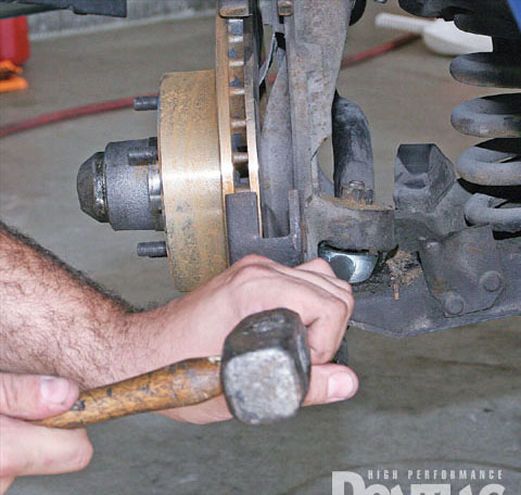 A ball-joint separator is used between the ball joint and steering knuckle. Remember, the front coil spring is under tension and it places great pressure on the lower control arm, which pulls the upper control arm downward. We previously mentioned backing the ball-joint nuts off a few threads. This allows the ball joint and steering knuckle to break free while preventing the control arms from popping apart.
A ball-joint separator is used between the ball joint and steering knuckle. Remember, the front coil spring is under tension and it places great pressure on the lower control arm, which pulls the upper control arm downward. We previously mentioned backing the ball-joint nuts off a few threads. This allows the ball joint and steering knuckle to break free while preventing the control arms from popping apart.
Our '72 Firebird Trans Am shows 90,000 miles on its odometer-a great majority of which came during its first 15 years when it was primarily used for daily service. Since its retirement, a cosmetic restoration did include some mechanical upgrades. Many of its original rubber suspension bushings were replaced by urethane pieces during the process, substantially improving its handling ability without comprising ride quality, in our opinion.
Over the years we've owned the T/A, we knew we'd have to replace its original upper and lower control-arm bushings at some point in the future. We kept delaying that task, however, since the process is involved, requiring complete front-end disassembly. We began noticing an audible creak from the T/A's front suspension this past summer and since everything else was relatively new, we prepared ourselves for control-arm bushing replacement.
From our past experience with urethane, we chose it over rubber when sourcing replacement bushings for our Trans Am. Prior to beginning the process, we soaked the associated nuts and bolts with high-quality penetrating oil for several days. Follow along in our two-part series as we tear into our Second-Gen Firebird in Part I and replace its control-arm bushings and button it up in the next issue.